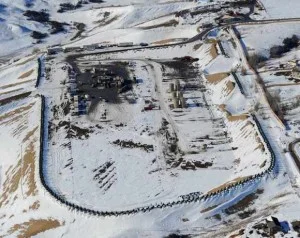QEP Resources Bakken production was down in the first quarter due to the company's transition to pad drilling. That was quickly reversed as the company brought its first four well pad online on its South Antelope acreage in the second quarter.
The four wells had a 24-hr, initial production rate that eclipsed 15,000 boe/d or 3,929 boe/d per well after processing when added together. That's after QEP produced just 17,000 boe/d in the first quarter of 2013.
The first two wells actually eclipsed 4,500 boe/d each and that is from the first two wells the company has drilled in the area. QEP Resources acquired its South Antelope acreage from Helis for $1.3 billion in late 2012.
“I am pleased with QEP`s strong operational results this quarter and I am encouraged by the very strong well results from our first operated multi-well pad on the South Antelope Acquisition,” commented Chuck Stanley, Chairman, President and CEO of QEP Resources. “As anticipated, it has taken some time to transition to pad development, where multiple wells are drilled and cased before completion activity commences.”
QEP operates 8 rigs targeting the Bakken and Three Forks in the region.
Watch for lumpy production rates as operators shift to pad drilling. This is perfect example of how significant volumes can come online all at once.
Read the full operations update at qepresources.com




